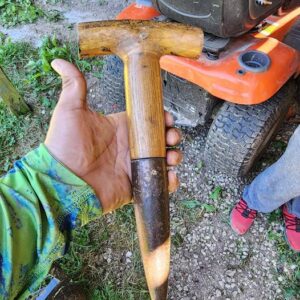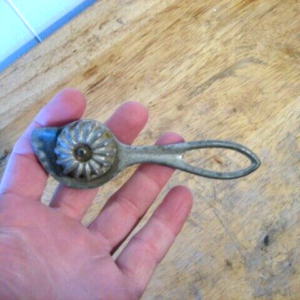Rediscovering the Plantation Chair: An Antique Gem
Amidst the array of furniture adorning antique store galleries, the plantation chair stands out, not just for its distinctive style but for its thoughtful design catering to the comfort and needs of its users.
Innovative Comfort: Designing for Planters
The unusually extended arms of the chair were a deliberate feature, offering relief to planters returning from long hours on horseback. These arms provided a comfortable rest, allowing users to recline and elevate their legs, promoting better blood flow and reducing swelling.

Promoting Relaxation: The Sloped Backrest
Complementing the extended arms is the sloped backrest, encouraging a relaxed, reclined posture. This angle not only supports the legs but also enhances airflow and comfort, especially in warm and humid climates.
Heritage of Craftsmanship: A Testament to Artisan Skill
The plantation chair exemplifies the brilliance of old furniture architecture, blending necessity with innovation. Each curve and extension reflects a deep understanding of human ergonomics, predating the modern buzzword of ergonomic design.

Cherished Collector’s Items: Valuing Aesthetic and History
Today, plantation chairs are prized as collector’s items, appreciated for their beauty and historical significance. They remind us of an era when furniture was crafted with purpose, enhancing the user’s quality of life.
Lessons in Timeless Design: A Reminder of Human-Centered Design
In an age of “smart” furniture, the plantation chair stands as a reminder of the importance of understanding human needs in design. It offers timeless lessons, emphasizing that great furniture design goes beyond aesthetics to prioritize user comfort and functionality.




